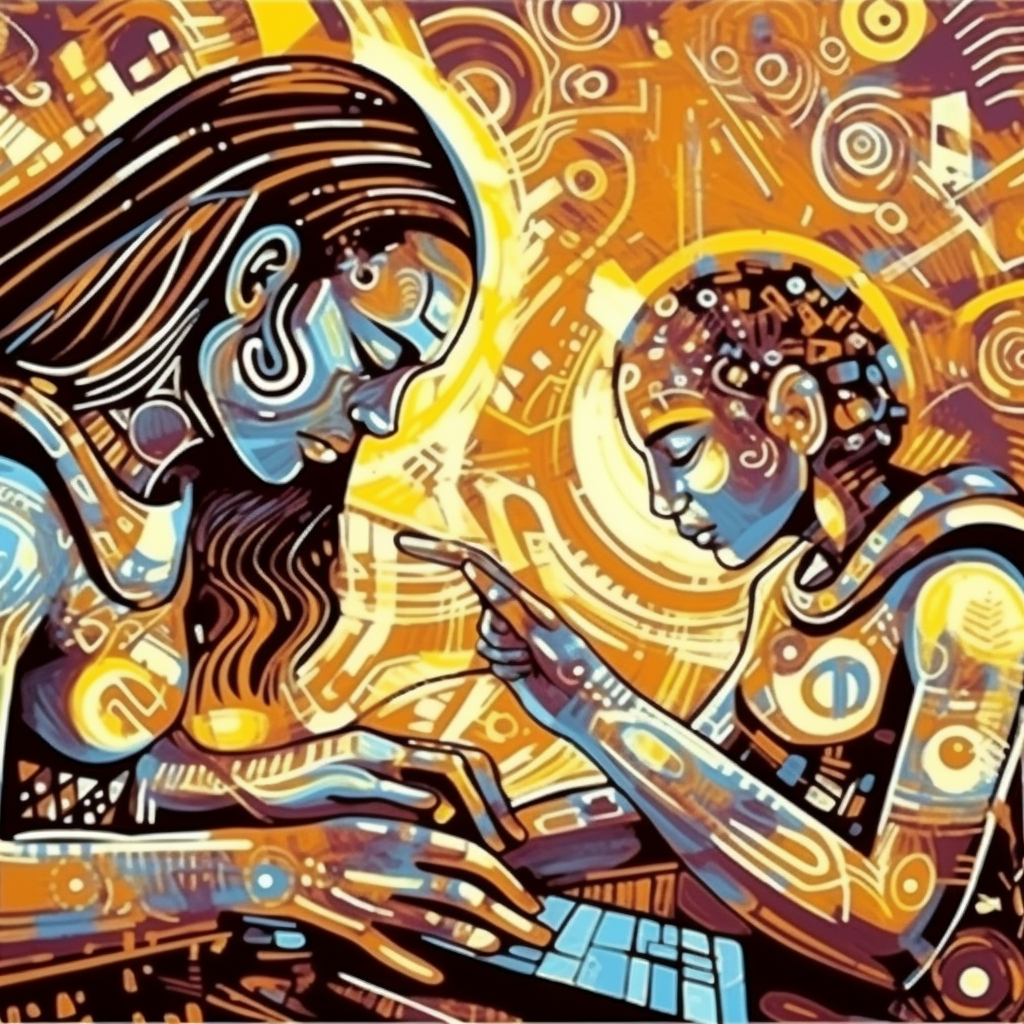
The human intelligence layer
As we move to a world where more and more content is generated by AI, in particular code, we want to think about what successful tech companies will look like. We think it will be the companies that empower, refine and measure the feedback loop between humans and AI.
AI and humans
The strength of the AI is in its ability to leverage very large corpuses of data, knowledge and recognize patterns. It is also starting to develop reasoning faculties to derive non-trivial insights or solve complex problems.
On the other hand, humans have access to sensory input, the larger context of how the real world relates to the product being built, they also have a great ability to identify, analyze and summarize a problem, specify it in terms the AI can understand, assess the quality of AI output and guide the AI in the direction where the project should go.
When we think about a tech company today, the code is the ground level. It is an artifact that is the result of a cumulative series of functional specifications, design principles and implementation choices.
We are already observing the trend where a decent percentage (30+%) of code is AI generated today through tools like Github Copilot, or ChatGPT.
We are also witnessing that AI content is becoming commodified. Compute prices are going down, AI models are being open sourced, for instance by Stability AI. If these two trends continue, the price of AI generated content will go down most likely to the marginal value of electricity and hardware.
So then, if code is not expensive, where is the value captured in the tech company of the future.
Capturing value from AI generated content
We believe the value is going to be what we call the “human intelligence layer”. It’s the human part of the feedback loop between AI and humans that will have the most value. The feedback to the AI, the orientation given for development, the constraints, requirements and specifications given to the AI.
The way the human brain works and organizes the work of AI is highly valuable for two reasons.
First, the laws of the natural world evolve slowly, mathematical principles or philosophical insights from Ancient Greece still work today. Developing a new technology or product is in great part a work of information collection and distillation. So capturing that process and how it interfaces with AI is going to be valuable.
Second, humans still have an advantage of creativity, innovation and the ability to imagine something “out of nothing”. This spark of creation in the human mind is also very valuable. We do not know what we do not know, but we like to imagine what it is.
Example of the human intelligence layer in Midjourney
Let me solidify that thesis with an example. When we think about Midjourney AI and what they built, we do not think the valuable asset of that company are the generated artworks. Sure they are nice to look at, but what we think is really valuable is the millions of prompt that were inputted in the system.
Think about it, Midjourney has released 5 models in one year, every time the output got better, so really the natural behavior is to rerun old prompts to see how they improve, and I think that is the proof that the valuable asset here are the prompts, not the renderings.
On top of that Midjourney tracks the reactions to the image output (in the forms of emojis) as well as the sequence of prompts that progressively refine the initial prompt.
This asset of human input, human feedback, human refinement is an example of the intelligence layer for Midjourney.
What we are building
So we have that insight of the human intelligence layer, and we want to apply it to the process of creating a technology or product through code.
We are starting simple with code reviews to which you can reply or react, but we want to keep getting deeper and help companies capture the value created from the interaction between AI and humans.
In the future you could imagine that each company will have its own dataset made of decisions and insights from all its current and former employees that reflects the values and context of that company in their industry.
